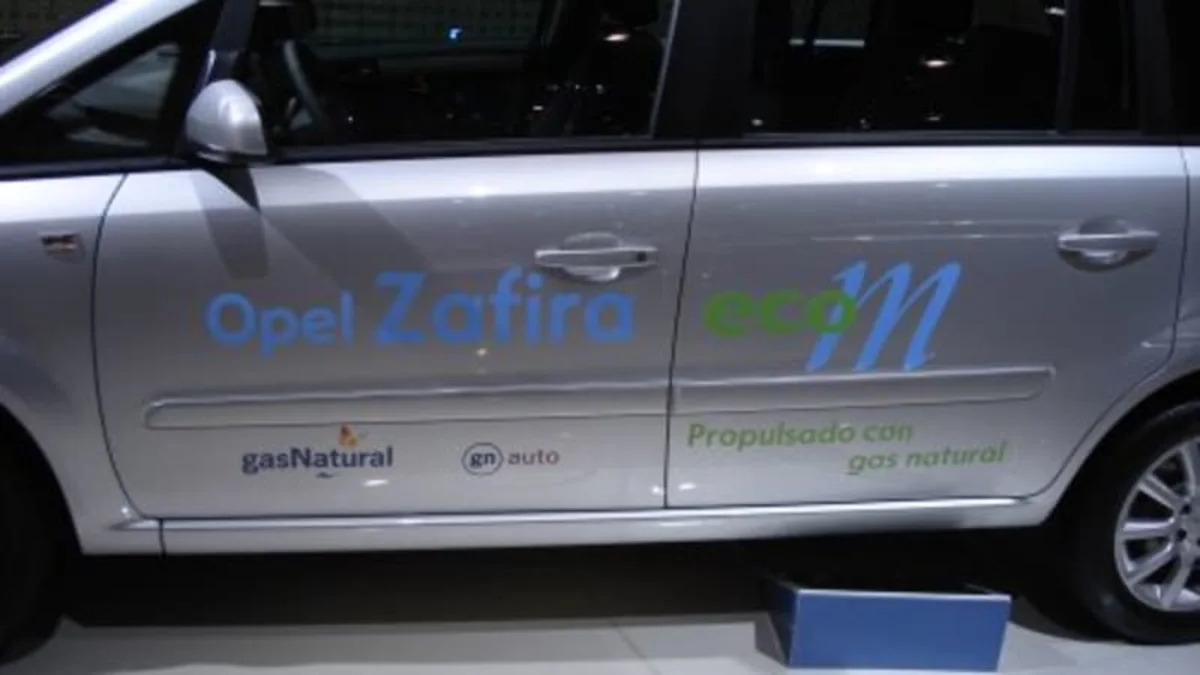According to a recent study by the Schweizerische Eidgenössische Technische Hochschule (EMPA, roughly translated as Swiss Federal Technical University), the best biofuel in terms of CO2 balance is biogas. Not a new thing for our readers, but their study shows that it reduces up to 90 percent of CO2 emissions from the tailpipe.
Biogas comes from fermentation of manure and waste and can be used directly into CNG (Compressed Natural Gas) without further modifications in the engine. Therefore it's a very good candidate to be used on its own or even mixed with natural gas as other biofuels are blended to their fossil counterparts.
The study also shows that biogas, even made artificially, saves the side effects of harvesting conventional biofuels, such as ethanol or oil for biodiesel. Using harvested vegetable raw materials, the global CO2 emissions could be reduced from 30 to 50 percent. In case of wood, these savings could be even better, topping 70 percent.
Blending biogas with conventional CNG seems a good solution. Some experts affirm that in 2030, a tenth of Germany's natural gas will be biogas but this study affirms that this number can be improved: it's possible to mix 10 percent by 2010 and 20 percent in 2020.
Taking in consideration the savings of CO2 emissions mentioned above, CNG vehicles can emit less CO2. For instance, an Opel Zafira 1.6 CNG which usually produces 136 g/Km CO2 could be lowered to 113 g/Km CO2 by using a 20 percent biogas mix. Add this to the fact that CNG already reduces NOx emissions 70 percent in front of conventional diesel engines and produces almost no particullates.
Related:
- Biomethane mixed with natural gas or diesel to make heavy vehicles greener
- University of Georgia and Mexico to partner on biofuels from dung
- Driving around Europe with Natural Gas: VW Touran, Fiat Panda and more


Sign in to post
Please sign in to leave a comment.
Continue